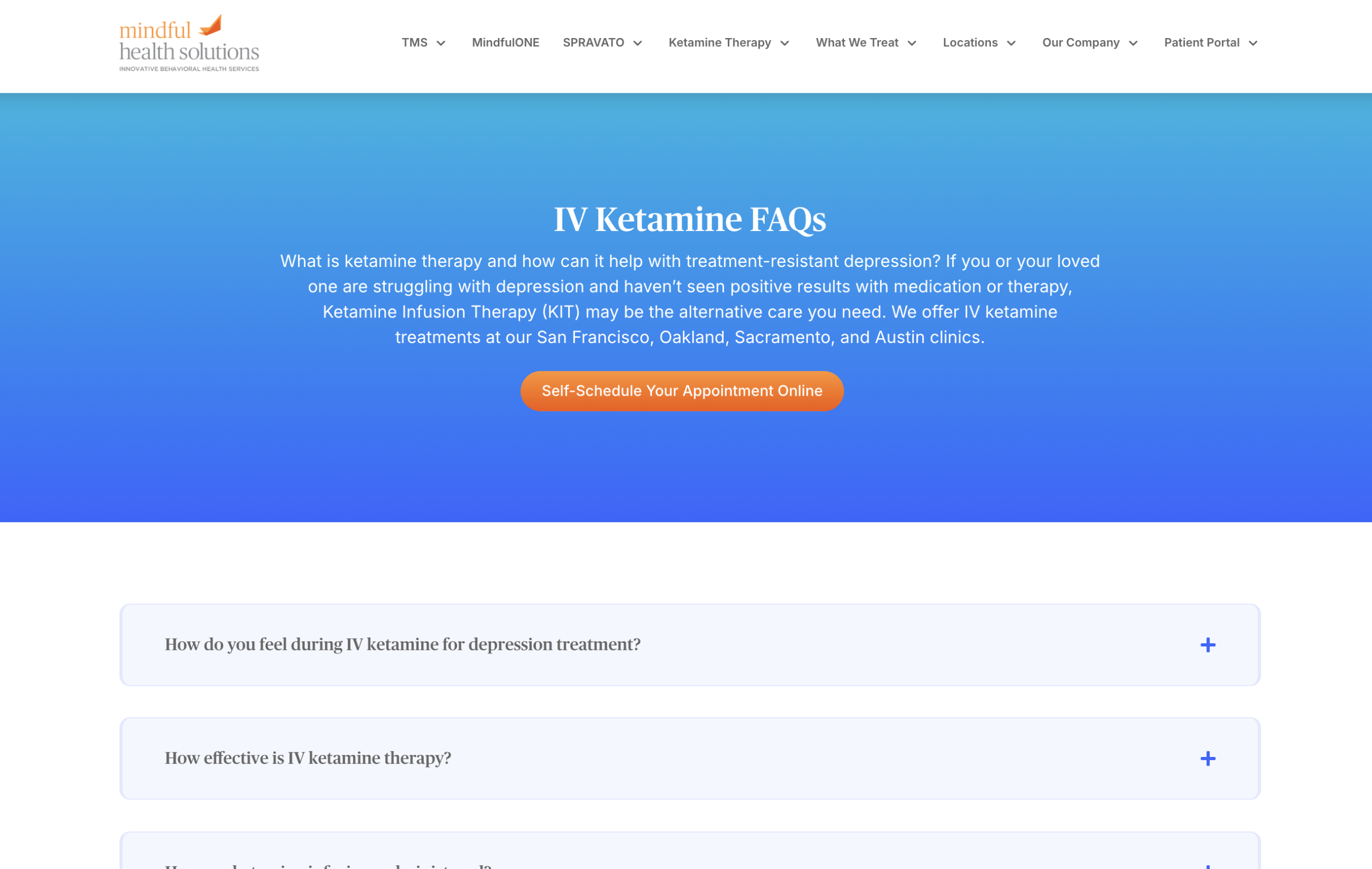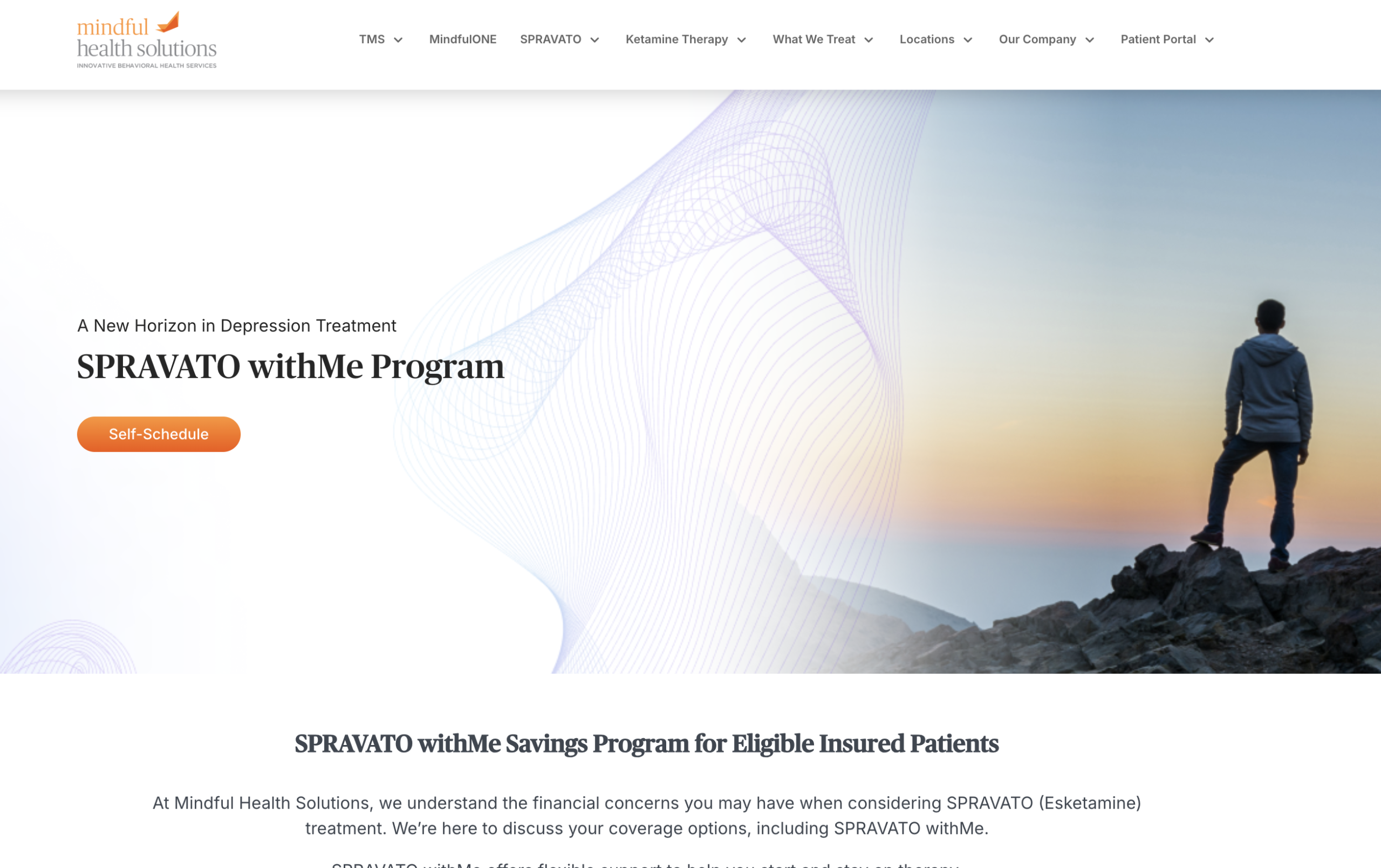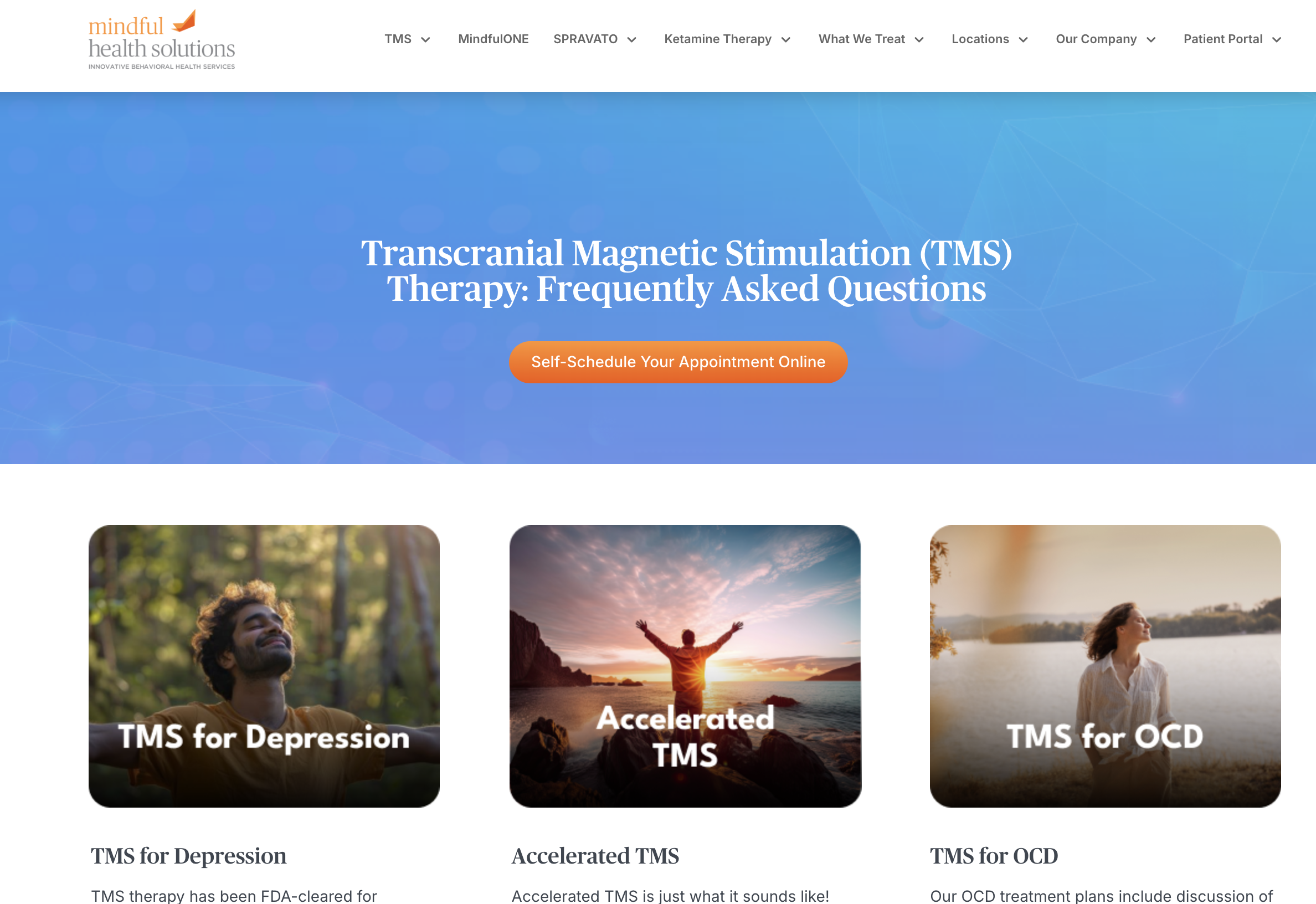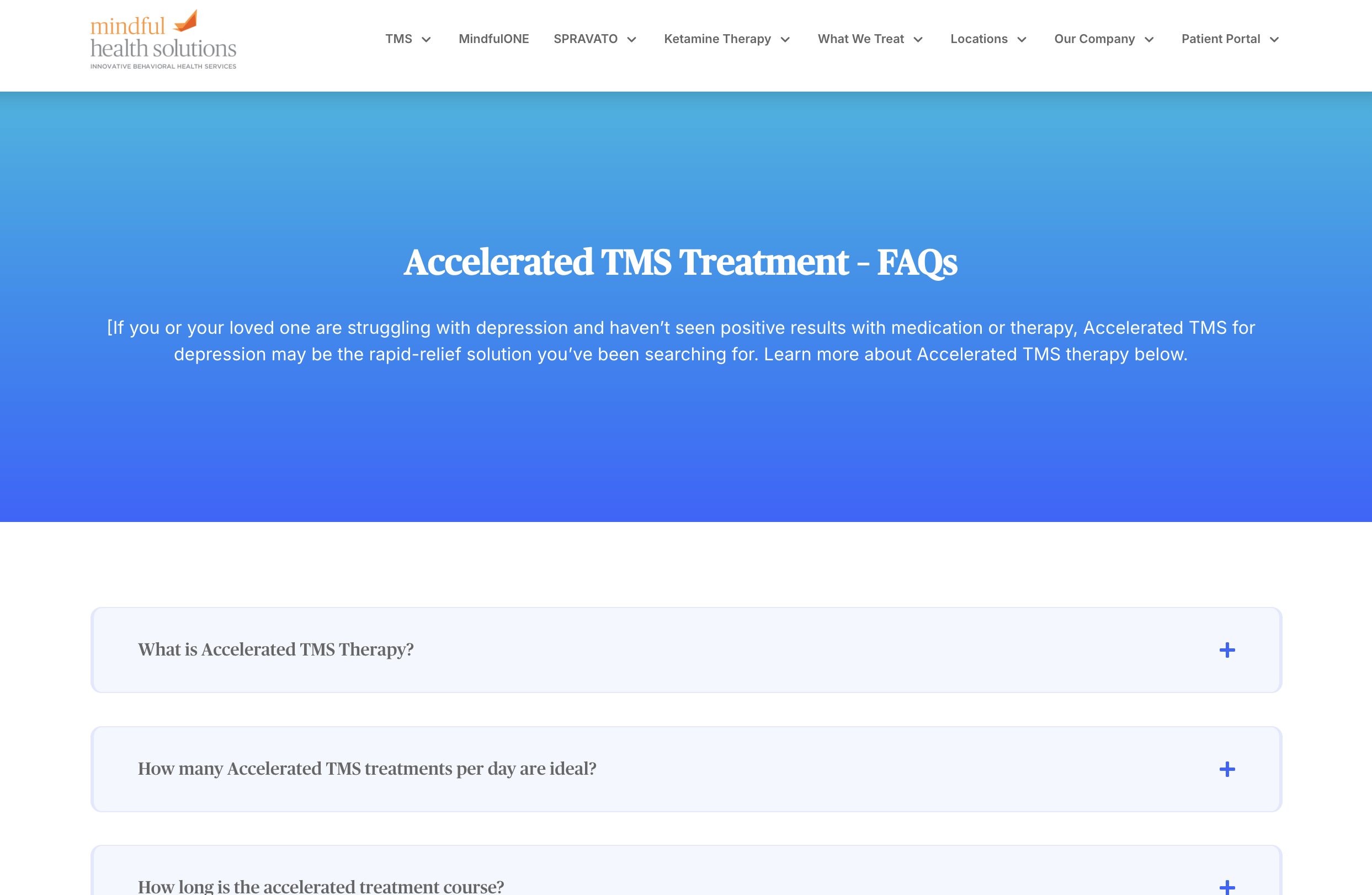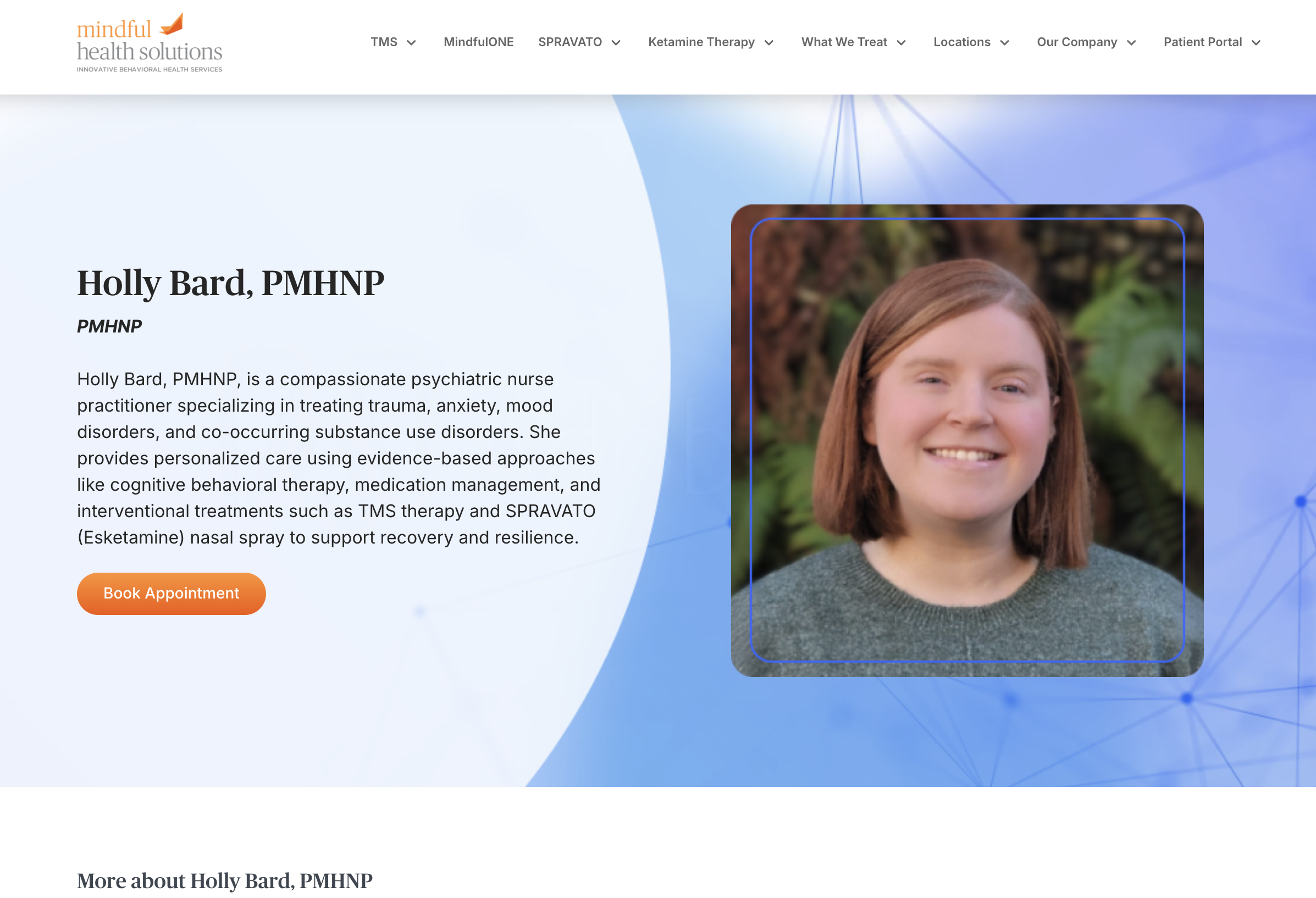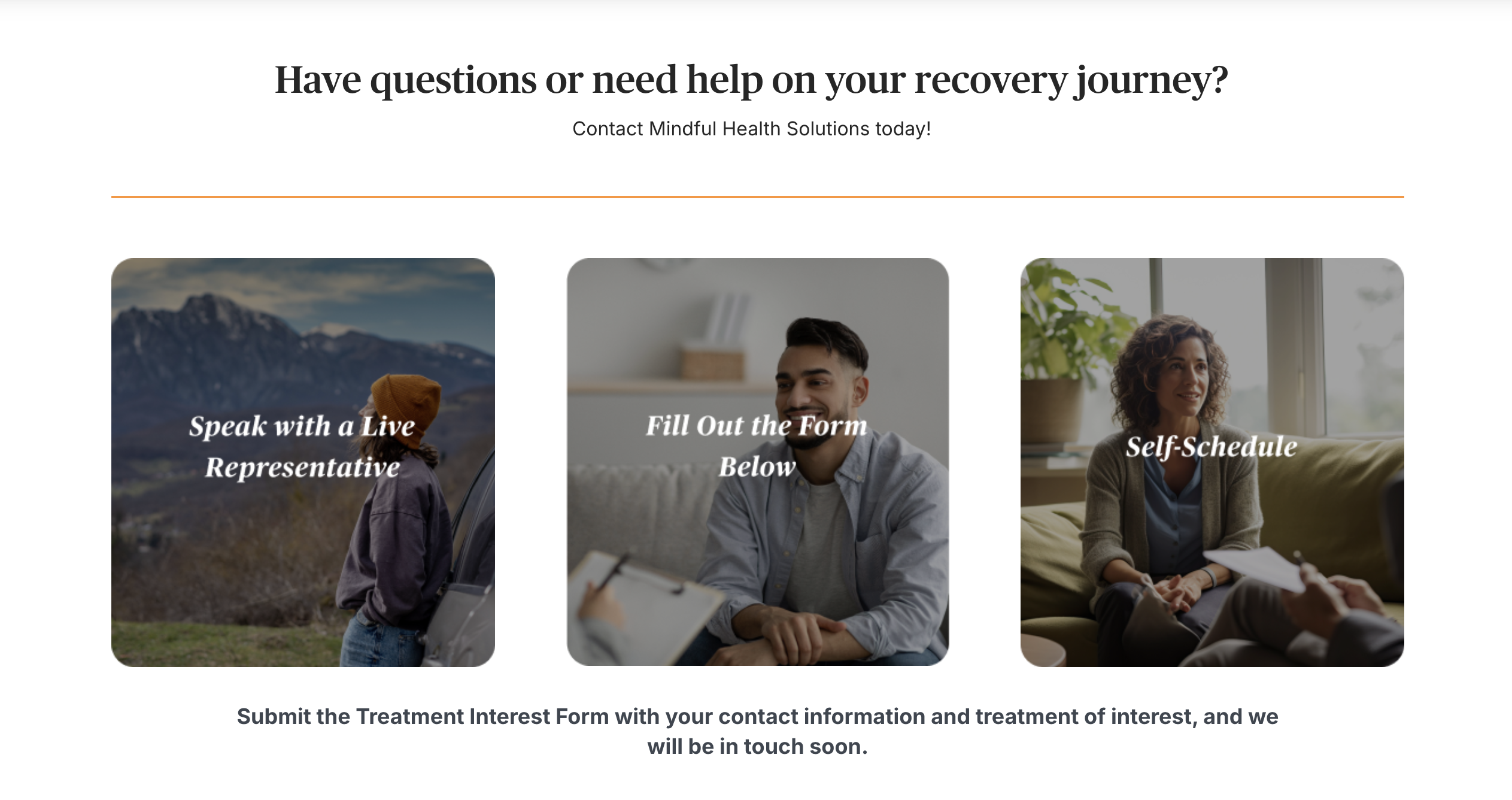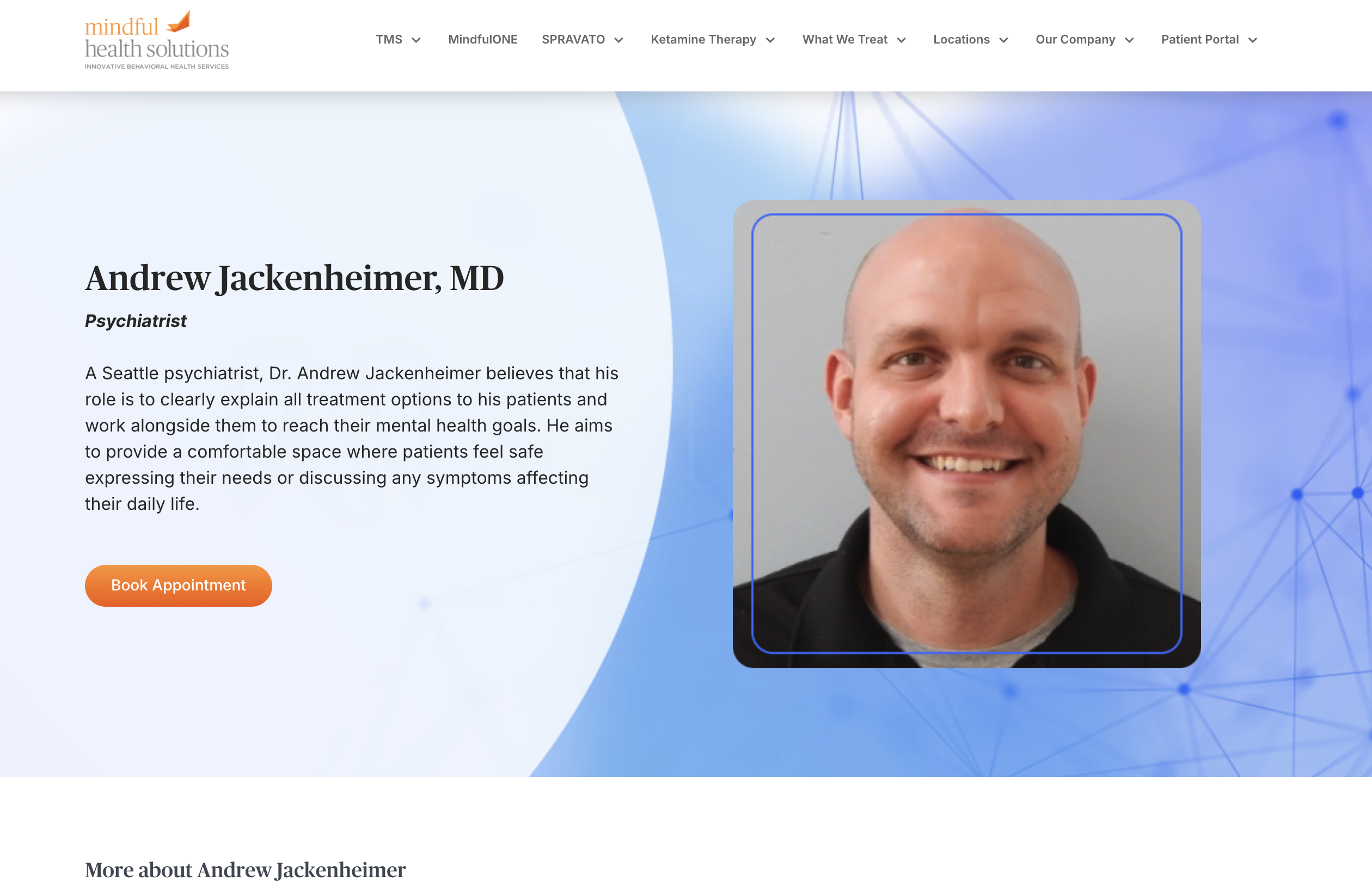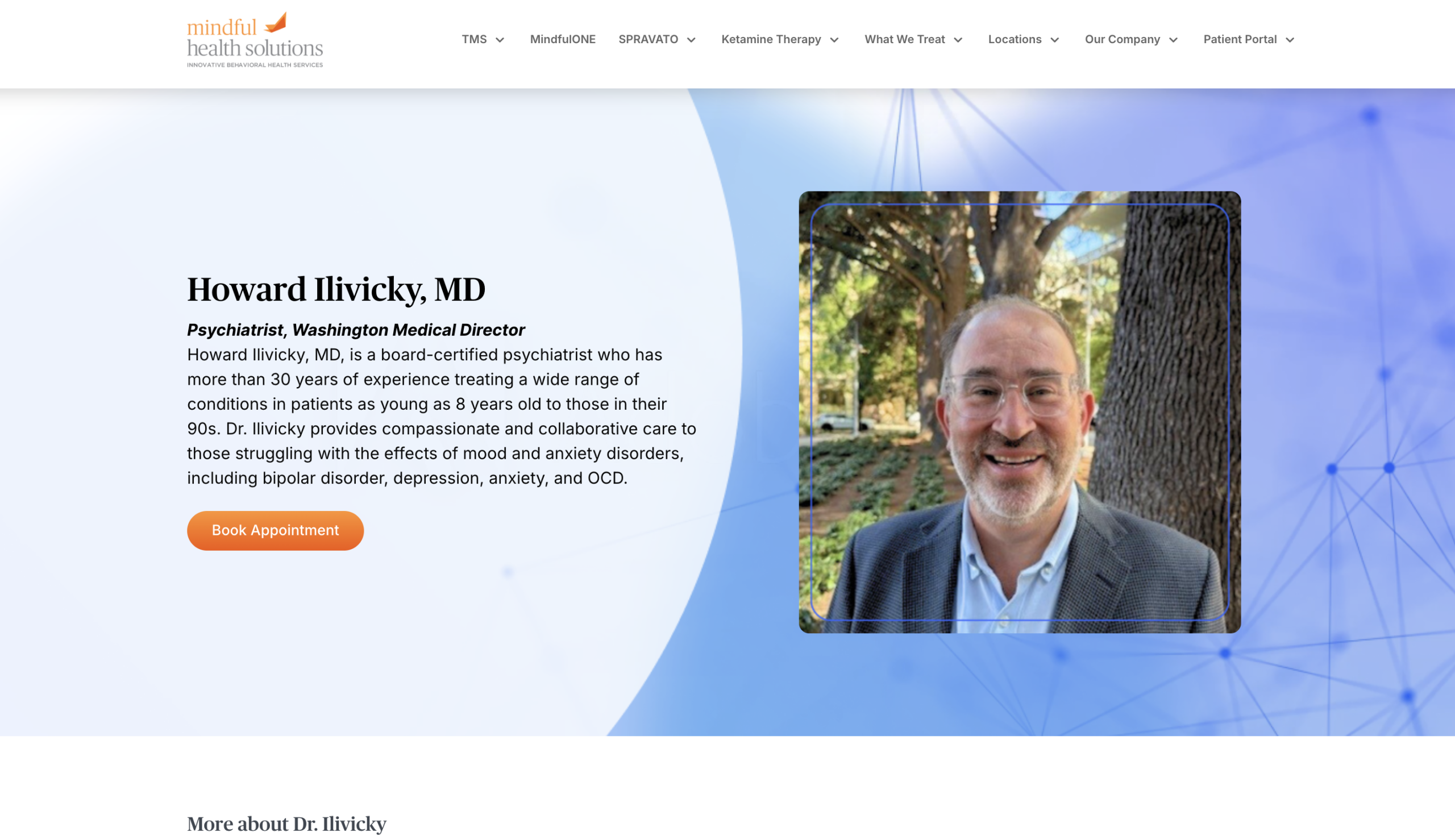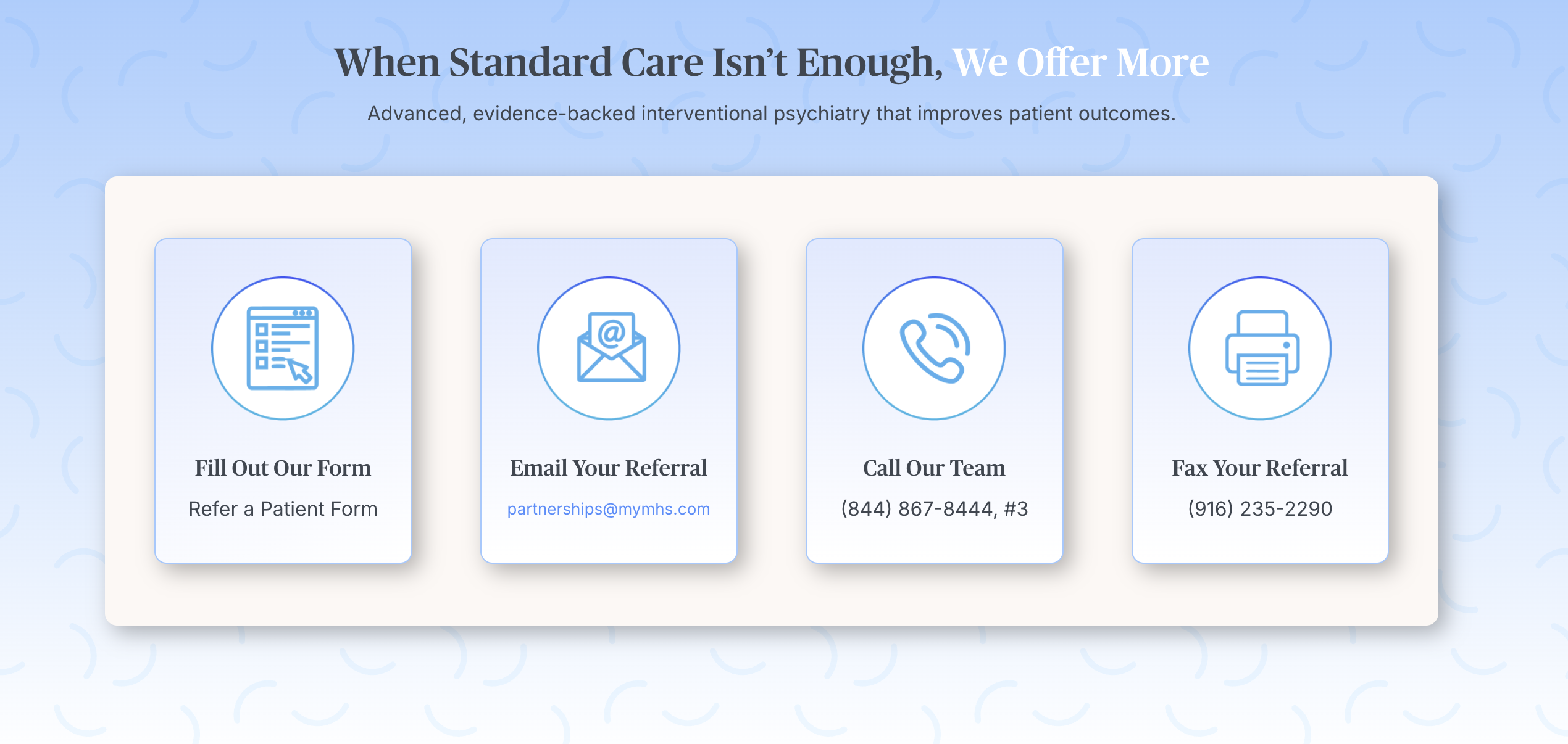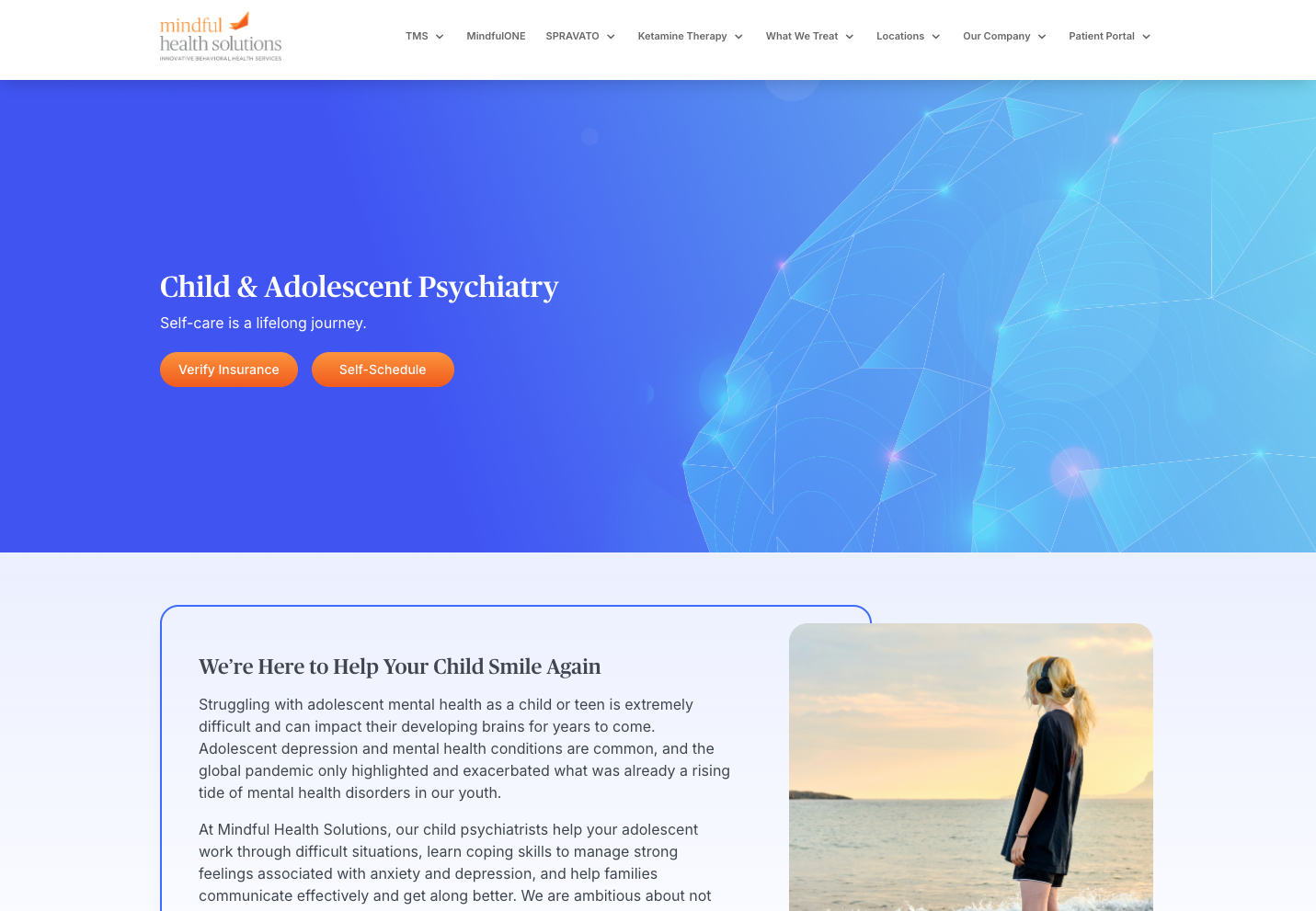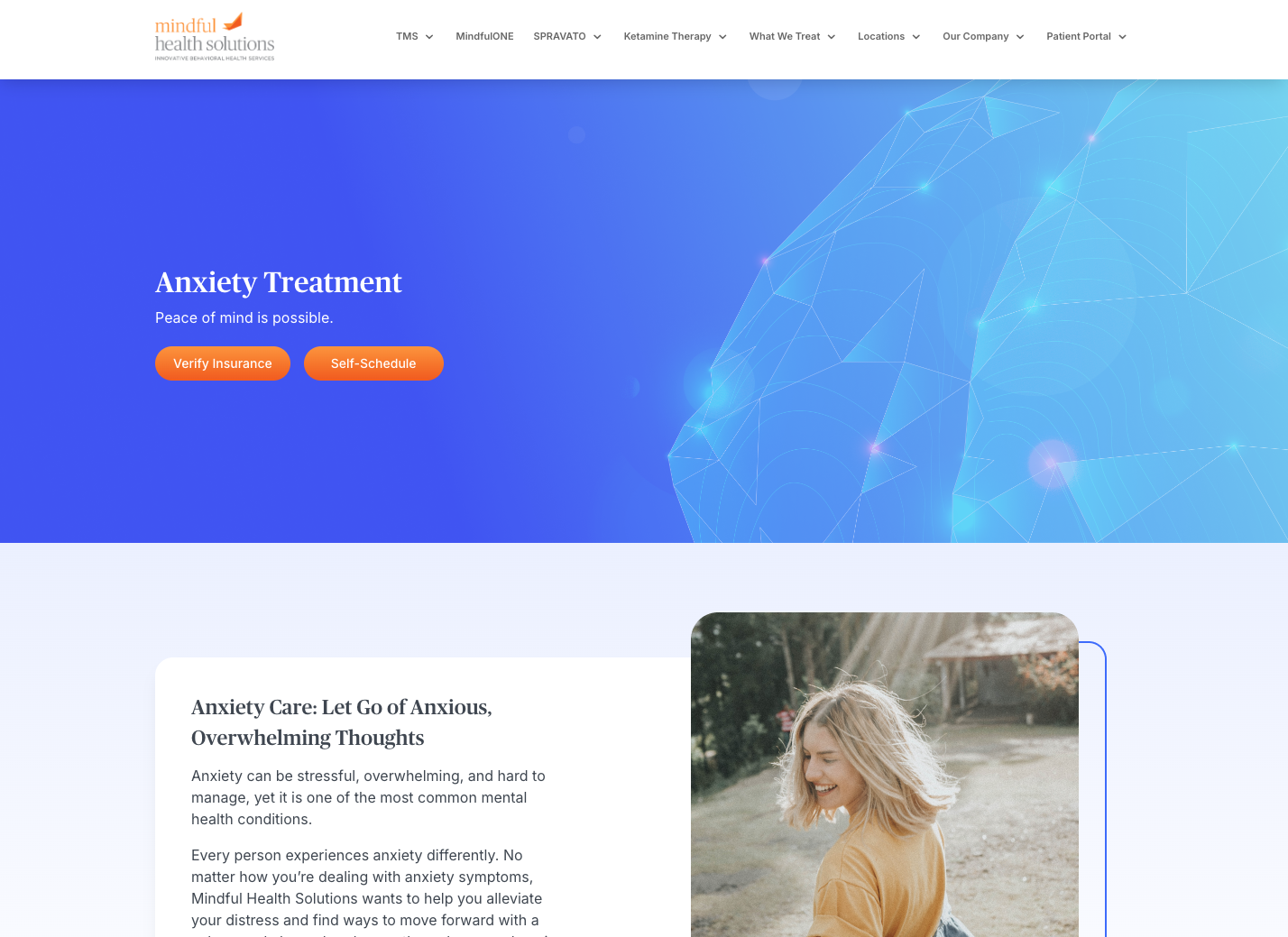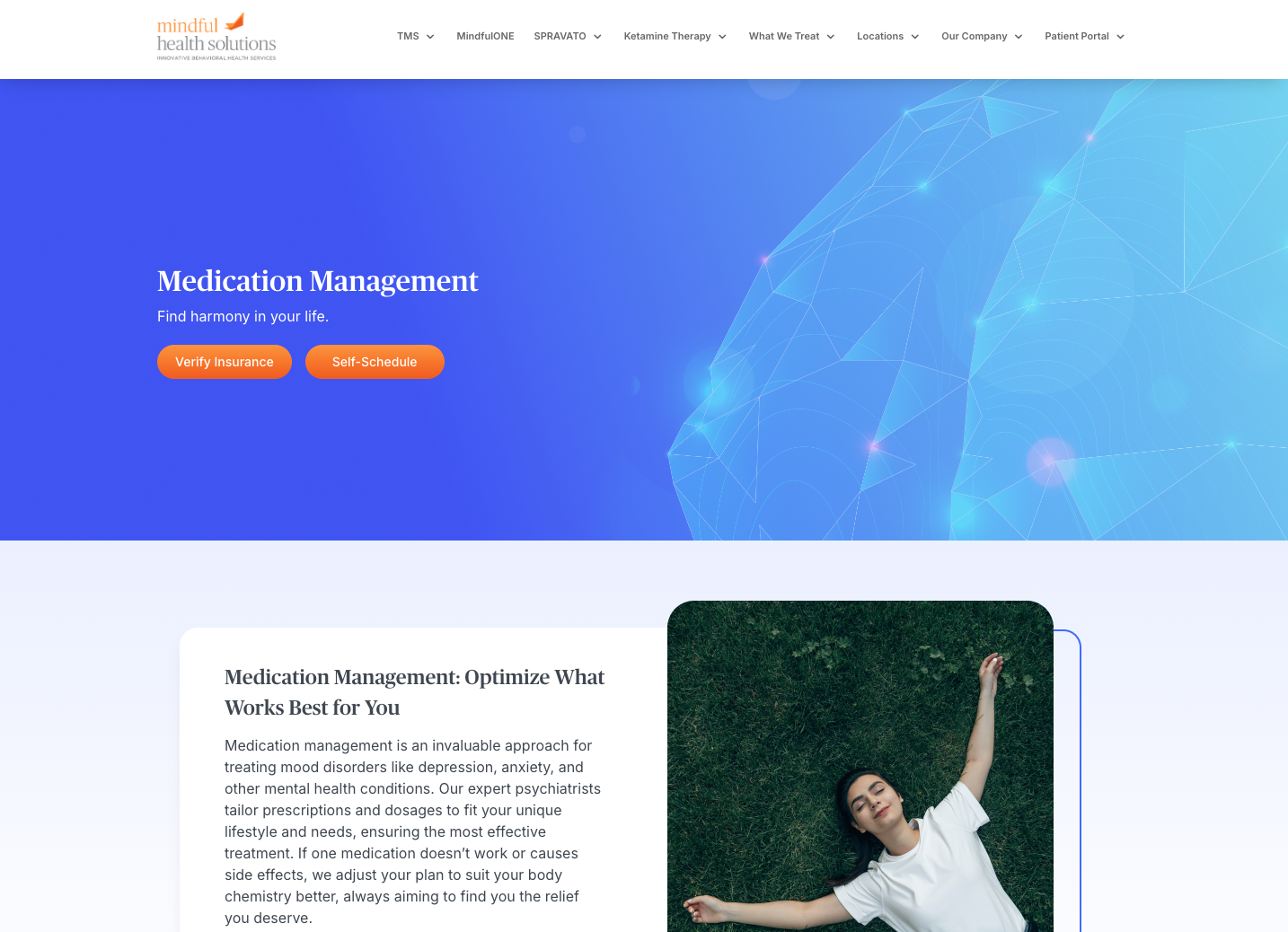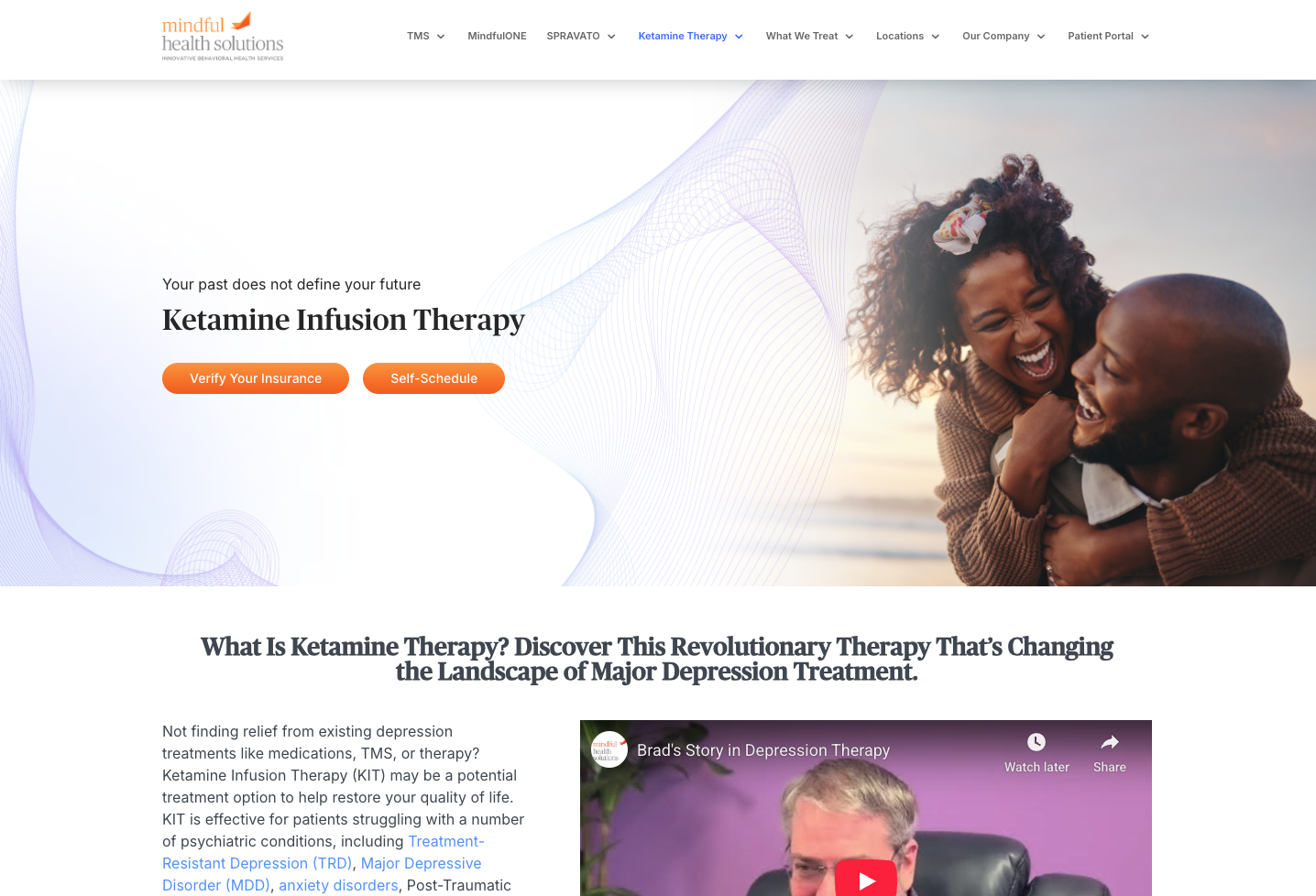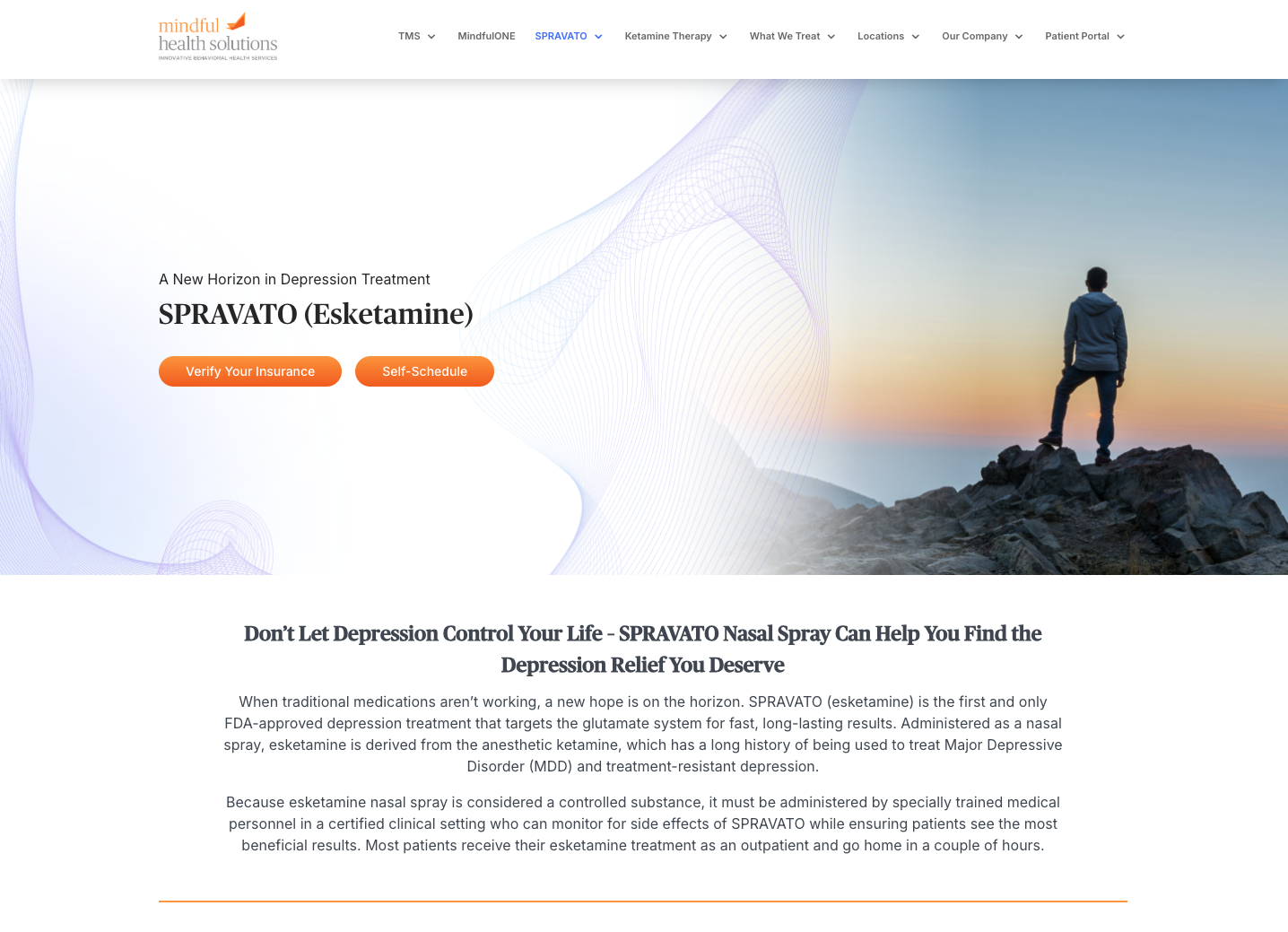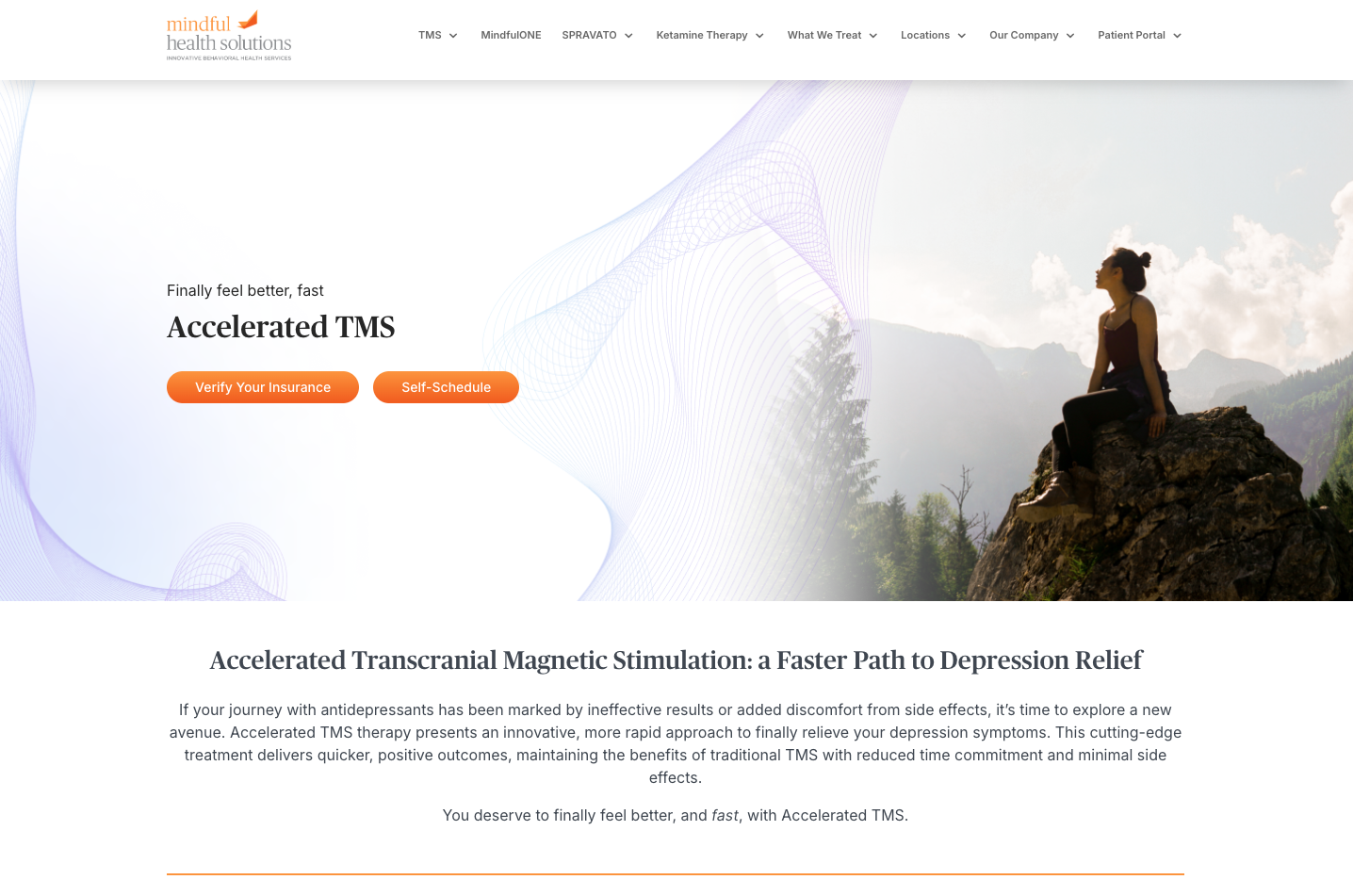If you’re seeking an alternative treatment for depression or other mental health struggles, it’s time to consider IV ketamine (also known as ketamine infusion therapy). But what exactly is ketamine infusion therapy, and what can you expect during treatment?
We’re here to provide an accurate and detailed explanation of what it really feels like to have a ketamine infusion. From the physical sensations of dissociation to the benefits of ketamine therapy, we’ll take an in-depth look at this unique depression treatment approach.
IV Ketamine Treatment: Session Overview
Ketamine is considered a controlled substance and is given intravenously. As such, infusions must be administered by specially trained medical personnel in a certified clinical setting. Most patients receive treatment as an outpatient service and go home in a couple of hours.
The session process will begin by getting you situated in a comfortable chair. Once you’re settled in your chair, your doctor will let you know when the IV has begun. The infusion lasts 40 minutes, and the entire session takes about an hour and a half to two hours to complete.
Benefits of IV Ketamine Treatment
Ketamine infusion therapy is primarily used to treat people suffering from Major Depressive Disorder (MDD) and Treatment-Resistant Depression (TRD). Clinical studies show that ketamine infusion therapy can effectively treat these more severe mood disorders with a success rate as high as 70%, with many patients showing rapid improvement after just their first or second infusion.
More, 35% of patients report that their depression symptoms are completely resolved after ketamine treatment, while 63% with suicidal ideation experience no longer having suicidal thoughts within 3 days of treatment.
Ketamine has also been proven effective in treating other mental health conditions, including anxiety disorders, PTSD, and Obsessive-Compulsive Disorder (OCD).
Common Experiences during Ketamine Infusions
If you’ve heard of ketamine, then you’ve likely heard of its side effects – primarily that of disassociation, a dream-like state that allows you to relax mentally and physically. Disassociation is one of the most common experiences during ketamine therapy.
Throughout treatment, you may feel increasingly light or faint. Some people report a sense of feeling slight warmth, while others experience an “out-of-body” feeling, like a separation between themselves and their bodies, or even a more progressive separation between themselves and the different components of consciousness (e.g., their thoughts, feelings, bodily sensations, and perception).
These sensations are considered the dissociative effects of ketamine.
What Exactly Is Disassociation?
Ketamine and disassociation, often used interchangeably with its related term “dissociation,” can be worrying to some, who attribute the mind-altering effects to problems with substance abuse. However, when used properly and in the care of licensed clinicians, disassociation is a normal part of the healing process.
To some extent, we all experience disassociation in our everyday lives. From daydreaming to visualizing goals, getting lost in a great book to zoning out during a work meeting, it’s not uncommon for the average person to detach from reality. It can also be a common coping mechanism for someone who has undergone extreme stress or trauma.
Ketamine-induced disassociation offers a number of therapeutic benefits for patients with depression or other mental health conditions. While in an altered state of consciousness, they are better able to process negative emotions and memories, experience relief from symptoms of depression, explore complex or unresolved thoughts, and give their brain a much-needed rest from distressing emotions.
Patients generally tolerate these sensations well, reporting the experience as “spiritual” or “pleasurable,” and even having enhanced creativity or insight. Those struggling with depression, anxiety, or rumination often describe this experience as an immense relief – like the blanket of depression has been temporarily lifted.
While the majority of ketamine infusion experiences are positive, it is important to be aware of all the possible side effects. We have psychiatric professionals on-site to help manage these rare events, which are generally brief and usually resolve completely within 10-15 minutes after stopping the infusion.
Side Effects of IV Ketamine Therapy
Side effects range from person to person and typically last only during treatment. Although you may not experience any of these side effects associated with disassociation, the most common side effects of ketamine infusion therapy include:
- Double vision
- Loss of appetite
- Trouble speaking
- Elevated heart rate
- Slight pain at the injection site
- Nausea
- Elevated blood pressure
- Altered perception of time
- Increased anxiety
- Distorted body image
- Impaired coordination
To ensure the safety of our patients, they are supervised during their sessions for around 90 minutes to two hours.
Experience the Relief You Deserve
If you’re considering ketamine infusion therapy to help with your mental health struggles, it’s important to know what to expect. Ketamine treatments are generally safe and well tolerated, while also providing relief from depression symptoms. With the right support and treatment plan, IV ketamine therapy can be the key to a healthier and happier life.
At Mindful Health Solutions, we currently offer ketamine infusion therapy at our clinics in Austin, Texas; and San Francisco, Sacramento, and Oakland, California. Contact us at (888) 789-6013 or submit an form online to learn if IV ketamine could work for you.
